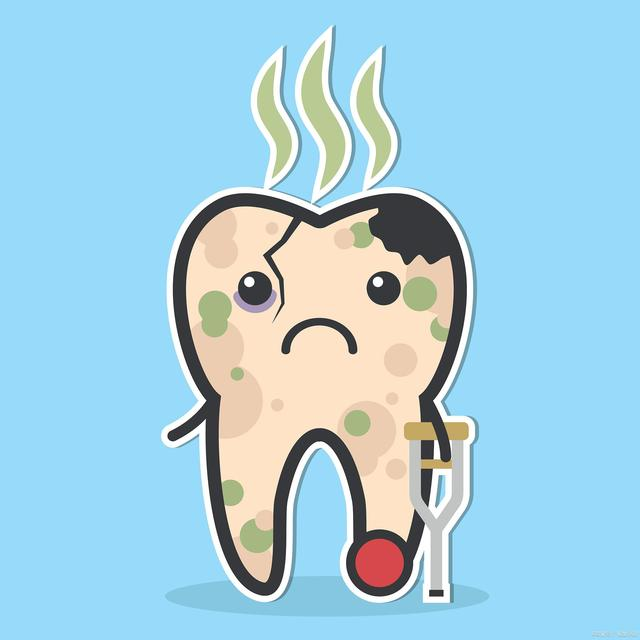Medical consumables industry

A deep dive into China’s medical consumables industry
Medical consumables is an important segment of the medical device industry with a market share of about 32% and a domestic industry growth rate of about 20%. Due to China’s rapid development in material technology, product design and processing, a number of excellent enterprises have emerged in various segments of the high-value consumables industry, including orthopaedic implants, vascular intervention devices, ophthalmic consumables and bioactive materials.
I. Overview of listed companies of medical consumables
1、Definition and classification of medical consumables
Medical consumables: medical hygiene materials used in the process of clinical diagnosis and care, testing and repair. It has a wide variety of models and applications, and is an important material for medical institutions to carry out daily medical and nursing work. From the value point of view, medical consumables can be divided into high-value medical consumables and low-value medical consumables.
High-value medical consumables: there is no clear definition, generally refers to the safety of very important, the production and use must be strictly controlled, limited to the use of certain specialties and relatively high price of expendable medical devices. High-value medical consumables are mainly relative to low-value consumables, including cardiac interventions, peripheral vascular interventions, artificial joints, other organ interventions to replace other medical materials.
Low-value medical consumables: refers to the disposable sanitary materials often used by hospitals in the process of carrying out medical services, including disposable syringes, infusion sets, blood transfusion sets, blood collection tubes, medical dressings, drainage bags, drainage tubes, indwelling needles, medical gloves, surgical stitches and so on.
2、High-value medical consumables market overview
High-value consumables market size: in recent years, the growth rate of the domestic market size is maintained at about 20%, and the market size in 2018 has exceeded 100 billion yuan.
High-value consumables market segments: the vascular intervention and orthopaedic implantation categories in the domestic high-value medical consumables segments have the highest market, accounting for 37.2% and 25% respectively. Vascular intervention, oral cavity and blood purification have the highest growth rate, over 20%.
3, low value medical consumables market overview
Low-value consumables market size: according to the Medical Device Research Institute, China’s low-value consumables market size was about 64 billion yuan in 2018, with a growth rate of about 20%. Domestic low-value consumables not only occupy most of the domestic market share, but also occupy an important position in the international market.
Low-value consumables market segments: injection and puncture category accounts for the largest share of the low-value medical consumables market, with a market share of up to 30%, followed by medical hygiene materials and dressings, with a market share of 22%.
Fourth, orthopaedic consumables industry sorting
1、Definition and classification of orthopaedic implant consumables
Orthopaedic implants: usually refers to clinical orthopaedic medical materials used for human bone substitution, support, repair and filling to replace, in whole or in part, joints, bones, cartilage or musculoskeletal system, involving parts of the shoulders, elbows, hips, knees, spine and so on. Due to the high value of this type of product, the important impact on human life and health, the production and use of which must be strictly controlled, it is generally categorised as high-value medical consumables.
Orthopaedic implant product categories: according to the use of different parts can be divided into trauma, spine, joints and other. The market share of the first three accounts for more than 80% of the orthopaedic implant market. They mainly include bone joint implants and joint implants, such as bone splints, bone screws, intramedullary nails, spinal internal fixation implants, artificial joints and others.
2、Orthopaedic implant consumables industry chain analysis
Upstream: metal material enterprises, the production of titanium and titanium alloy materials are new biological; inert bioceramics such as alumina ceramics used in artificial joints; active bioceramics such as hydroxyapatite and bioactive glass used for the need to grow into the prosthetic surface coating, artificial bone grafting materials, etc.; absorbable bioceramics such as tricalcium phosphate, etc., mostly used to fill the bone grafting materials. Polymer materials are widely used in spinal cord, tendon, bone cement and other materials. The upstream raw materials have been able to achieve domestic supply, and there is sufficient competition.
Midstream: various orthopaedic consumables R&D and production enterprises, which manufacture upstream raw materials into various types of finished products such as bone nails, bone plates, joints and spines through complex processing.
Downstream: various medical institutions qualified for orthopaedic implant surgery, including specialist hospitals and orthopaedic departments of general hospitals.

